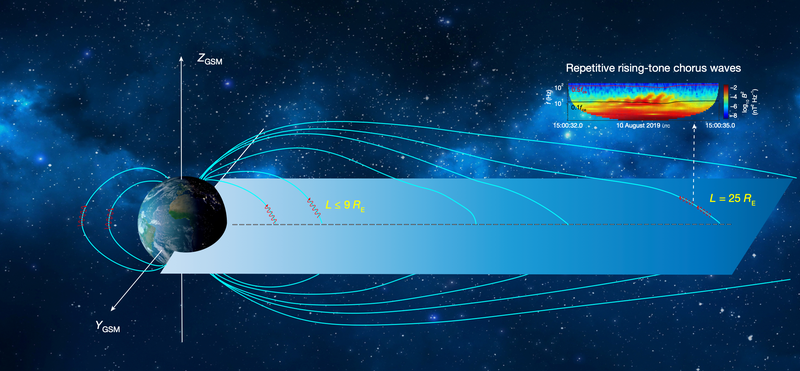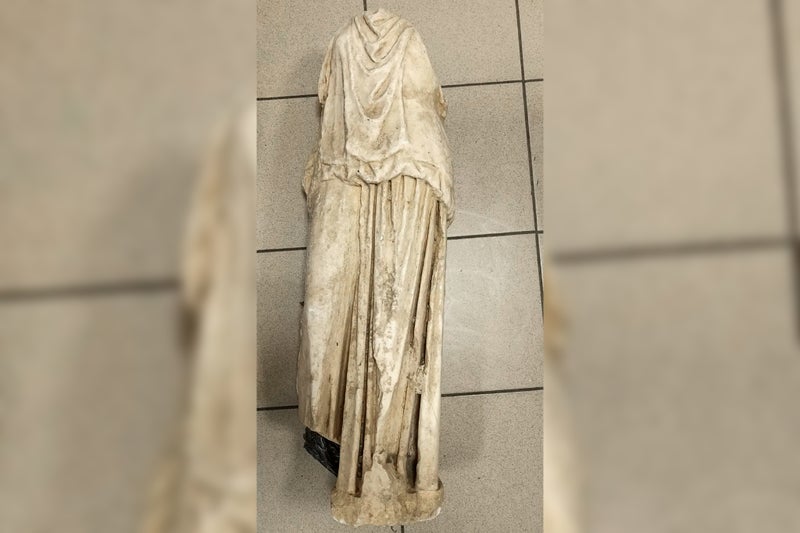A total eclipse of the Moon, Saturn’s rings ‘disappear’, meteors and more: your guide to the southern sky in 2025
Share:
These nocturnal events are more spectacular from dark country sky, but they can still be seen from a light-polluted city – and for many, no telescope is needed. Each night an annual parade of constellations passes above our heads but there are always exciting, less frequent events to look out for in the sky. The year 2025 is no exception. The night sky is more spectacular from a dark country sky, but you can see these events even if, like many others, you live in a light-polluted city. For most events you do not need a telescope or binoculars.
![[Supermoon with partial lunar eclipse charms stargazers across the world – video]](https://i.guim.co.uk/img/media/ef0e8032bc31ec8d5a02e2fe9f52fc5f183fa72a/0_329_5500_3093/5500.jpg?width=465&dpr=1&s=none&crop=none)
Total eclipses of the moon are more common than those of the Sun. They can be seen from all the regions on Earth where it is night. Unlike eclipses of the Sun, lunar eclipses are safe to watch with the unaided eye. They are also safe to photograph. A tripod will help, as will a camera or phone able to take timed exposures.
![[FILE - In this Dec. 14, 2023 photo provided by NOIRLab, meteors from the A Geminid meteor shower streaks across the sky above the Kitt Peak National Observatory in Arizona in 2023.]](https://i.guim.co.uk/img/media/f5226bc7a4f0bd2bb627f341037f9e0a72d9224b/0_464_6960_4176/master/6960.jpg?width=445&dpr=1&s=none&crop=none)
Sign up for Guardian Australia’s breaking news email. On the evening of Friday 14 March, people in Aotearoa New Zealand will be able to see a totally eclipsed moon as it rises above the horizon just after sunset. Watchers in eastern Australia will also get a brief glimpse of a partially eclipsed moon after moonrise, for 34 minutes from Sydney, 43 minutes from Brisbane and 16 minutes from Cairns.
![[A full view of the constellation of Sagittarius, also known as the ‘Teapot’.]](https://i.guim.co.uk/img/media/b961aecceda4428084c9ff57b4058437dcfef7ad/0_0_2028_1549/master/2028.jpg?width=445&dpr=1&s=none&crop=none)
During the early morning of Monday 8 September, the full moon will move into the shadow of Earth and be totally eclipsed. The moon will turn a red or coppery colour, because sunlight is bent or refracted by Earth’s atmosphere on to the moon. The bent light is red, as we are looking at the reflection of sunrises and sunsets from around the globe.






















